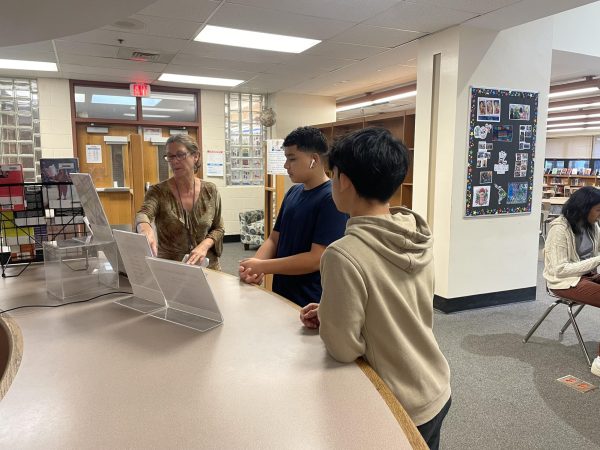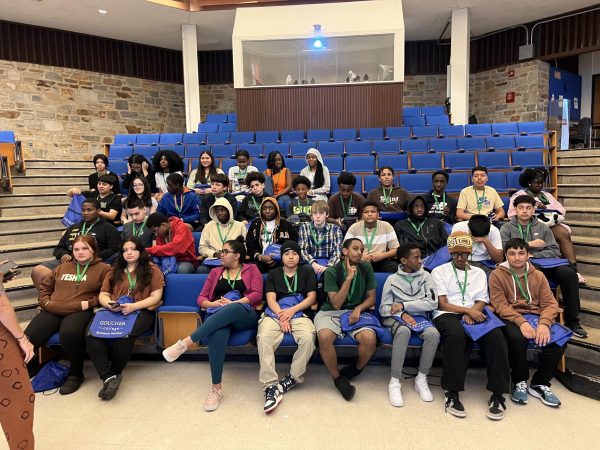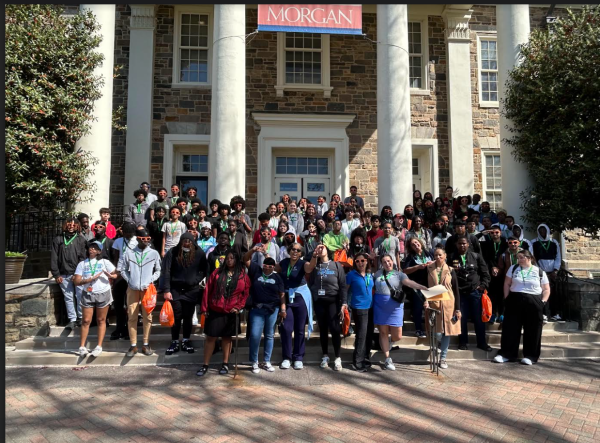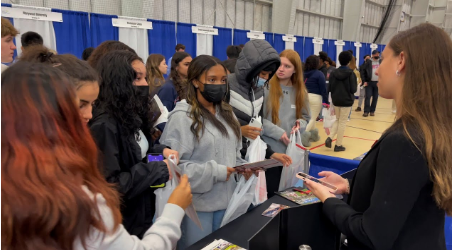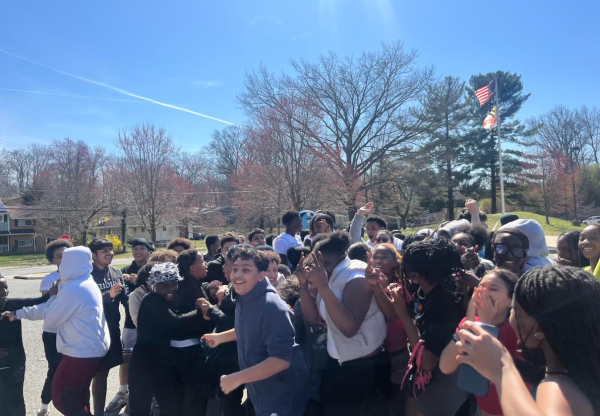Maryland Plan for School Resumption
The Maryland State Department of Education has released a report full of suggestions for how school learning will look during the 2020-2021 school year. It comes in the wake of an ever-increasing death toll due to the coronavirus. In Montgomery County alone, there are 30,804 confirmed cases of the coronavirus, which is equal to almost 4% of Montgomery County’s total population. The county has reported 1,876 deaths due to the virus. President Trump has announced a plan for funding vaccine research, which he dubbed “Warp Speed.” He said a vaccine to cure the coronavirus could be available as soon as late 2020. Dr. Anthony Fauci, the US’ top infectious diseases expert, told Congress that a vaccine could be available for mass distribution and mass production by early 2021. Even though schools are physically shut, online learning continues. But many students still fall through the cracks so online learning can’t be the ultimate solution for learning during the coronavirus crisis.
The Department’s report outlines massive changes to everyday life for students that would prevent close physical contact between students. These include having desks spaced 6 feet apart and possibly having class out of doors and rearranging the school schedule. The plan also suggests having staff and teachers wear masks and checking students’ temperatures before entering the building or boarding the school bus. School bus and class schedules could be staggered in order to allow social distancing. School schedules could be distributed in a variety of ways including secondary students attend school only one or two days a week, or A and B days, where two groups of students alternate between learning physically and learning online.
The recommendations emphasized that online teaching cannot be the only solution, since evidence suggests that online only schools produce worse outcomes for their students than physical schools do. But since students cannot learn physically all the time, the Department recommended that students engage in synchronous online learning, where they are taught by their teacher live, instead of learning through a pre-recorded lecture. It is especially important to teach math in person, the plan said, because research suggests that it is the subject students forget most of during the so-called “summer slide.”
This is all the more important for what the report called low-performing students, since those are the most at risk of falling through the cracks of online learning. The plan recommended that particularly those students receive in-person instruction. The same goes for young students. Research suggests that younger students have a harder time processing things taught online — even with synchronous learning — so they need to be prioritized for in-person instruction.
The plan recommends that elementary school students start to be phased back into physical learning first, but spread across their normal school and another school in order to allow social distancing. The plan recommends that these students be given four days of in-person instruction and one day of remote instruction per week. Middle and high school students would continue to learn online during that time. Once restrictions on gatherings are lifted, elementary school students should be the first to transition back into completely physical learning.
Counselors play a critical role in all this, helping to support students and teachers in navigating the pandemic and its effects on education, as well as organizing professional development for teachers on teaching online along with the school administration.
Students with disabilities may experience higher levels of distress and negative educational consequences due to the changing instructional method learning environments, the plan said. The plan therefore recommends that IEPs be modified for the current learning environment and teachers establish a “teaching presence” early on both for physical and virtual learning so that they can more easily work with the student.
But online learning requires access to technology. Many families don’t have that technology, the plan notes, and the global supply chain for technology has been interrupted by the pandemic, meaning that it is even harder to obtain new devices. The Department recommended that schools leverage existing technology like smartphones and laptops. But 30% of Maryland families don’t have access to a reliable internet connection, the Department noted, so school districts must find ways to provide internet access.
This plan is only a recommendation, so school districts should use it “as a useful tool and resource” for determining the path forward for the 2020-2021 school year, Karen Salmon, the State Superintendent of Schools, said. It remains to be seen how MCPS and other school districts implement the guidance.


